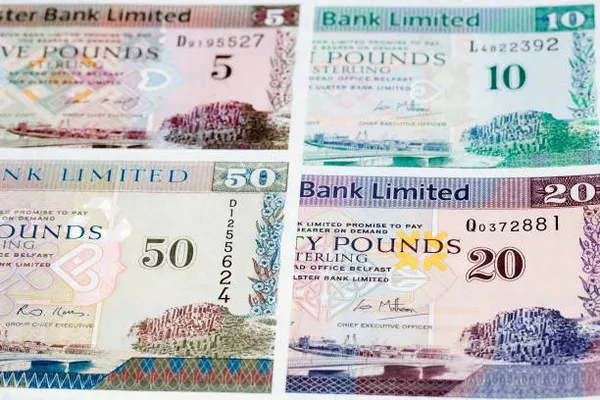During the early European trading hours on Friday, the GBP/USD pair continued to hover near 1.2530, maintaining a defensive stance. Despite stronger-than-expected UK monthly GDP figures and improved Industrial Production data, the major currency pair appears vulnerable.
According to the latest data released by the Office for National Statistics on Friday, the UK monthly Gross Domestic Product (GDP) grew by 0.1% month-on-month (MoM) in February. Although this figure matched the market’s estimate of a 0.1% expansion, it marked a slight slowdown from the previous reading of 0.3%. Additionally, UK Industrial Production for February showed improvement, rising to 1.1% MoM from a 0.3% decline in January. Moreover, the UK Goods Trade Balance for February came in better than expected at GBP-14.212 billion, compared to the prior figure of GBP-14.097 billion.
Despite the upbeat economic data from the UK, the Pound Sterling (GBP) failed to gain traction against the backdrop of market expectations that the Bank of England (BoE) may cut its interest rates sooner than the US Federal Reserve (Fed).
Conversely, recent data releases, including a hotter-than-expected CPI inflation reading and stronger Nonfarm Payrolls (NFP) data, have fueled speculation that the Fed may delay interest rate cuts this year. This has provided support to the Greenback and created headwinds for the GBP/USD pair.
Investors will closely monitor the preliminary US Michigan Consumer Sentiment Index for April, as well as speeches from Fed officials Bostic and Daly later on Friday, for further market direction.


